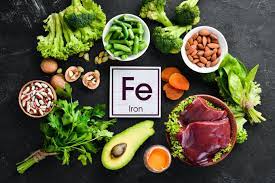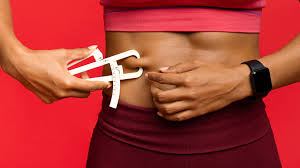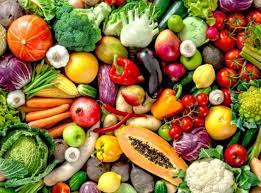Iron and its importance in the diet
Iron is a micronutrient required in the body in small amounts. There are two types of dietary iron which are haem and non-haem iron. Iron is essential in the human body as it is responsible for many important functions and processes such as:
- Oxygen transport
- DNA synthesis
- Prevent anaemia
- Electron transport
- Contributes to oxidation-reduction
Iron is very important regarding exercise and training as our body requires a sufficient supply of oxygen to keep us going and able to carry out exercise. Iron enables the transport of oxygen, acid-base balance, and energy metabolism.
Iron deficiency:
Iron deficiency is the most frequently seen nutritional deficiency and can lead to anaemia. Iron deficiency can occur when dietary iron intake is too poor to meet the body’s needs. Iron is very important to produce red blood cells and haemoglobin – responsible for transporting oxygen around the body. Iron can also boost immune function and antioxidant function. Insufficient iron intake can lead to one feeling fatigue, short of breath and can even result in mild palpitations.
Iron demands are at an all time high during periods of rapid growth and menstruation. Groups most at risk of iron deficiency include infants, teenagers, menstruating women, and pregnant women. This is due to these populations either going through a stage of rapid growth and development (i.e. infants, pregnant women, teenagers) and/or menstruation (i.e. menstruating females) where much iron can be lost through menstruation.
Foods rich in iron:
- Red Meat
- Dark green leafy vegetables
- Black pudding
- Poultry
- Fortified cereals
- Beans & lentils
Haem vs. non-haem iron
Haem iron is readily absorbed by the body and can be found in foods such as red meat, poultry, and fish. In contrast, non-haem iron is not so readily absorbed by the body and requires haem iron alongside it to help increase the absorption rate. Sources of non-haem iron include dark green leafy vegetables. In addition, vitamin C can help to improve the absorption of iron so eating foods rich in vitamin C before, alongside or after consuming iron can help improve absorption.
absorbed by the body and can be found in foods such as red meat, poultry, and fish. In contrast, non-haem iron is not so readily absorbed by the body and requires haem iron alongside it to help increase the absorption rate. Sources of non-haem iron include dark green leafy vegetables. In addition, vitamin C can help to improve the absorption of iron so eating foods rich in vitamin C before, alongside or after consuming iron can help improve absorption.
Vitamin C rich foods include:
- Citrus fruits
- Dark green leafy vegetables
- Kiwi
- Peppers
- Potatoes
How to increase iron intake:
- Increase iron rich foods in your diet
- Try to have vitamin C rich foods alongside iron foods to increase absorption
- Avoid eating high-fibre foods alongside iron as the phytates in these foods can inhibit absorption
- Reduce the amount of tea/coffee consumed as the tannins found in these drinks can inhibit iron absorption
- Try to eat a haem iron source of food (e.g. red meat) alongside a non-haem iron source of food (e.g. dark green leafy vegetables) to improve the absorption of the non-haem iron
Children RDA: Teen RDA: Adult RDA:
(1-3): 8 mg/day Male: 13-14 mg/day Male 18+: 10 mg/day
(4-6): 9 mg/day Female: 14 mg/day Female 18-64: 14 mg/day
(7-10): 10 mg/day Female 65+: 9 mg/day
Share:
Related Posts

Essential Body fat and Storage Body Fat

Enhance the Flavor of Your Meals

Iron

The Importance of Fruit & Vegetables

